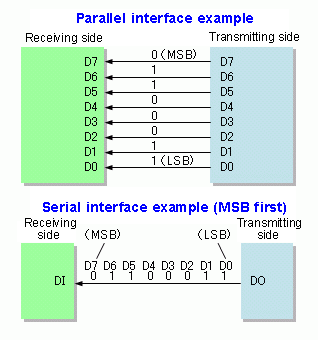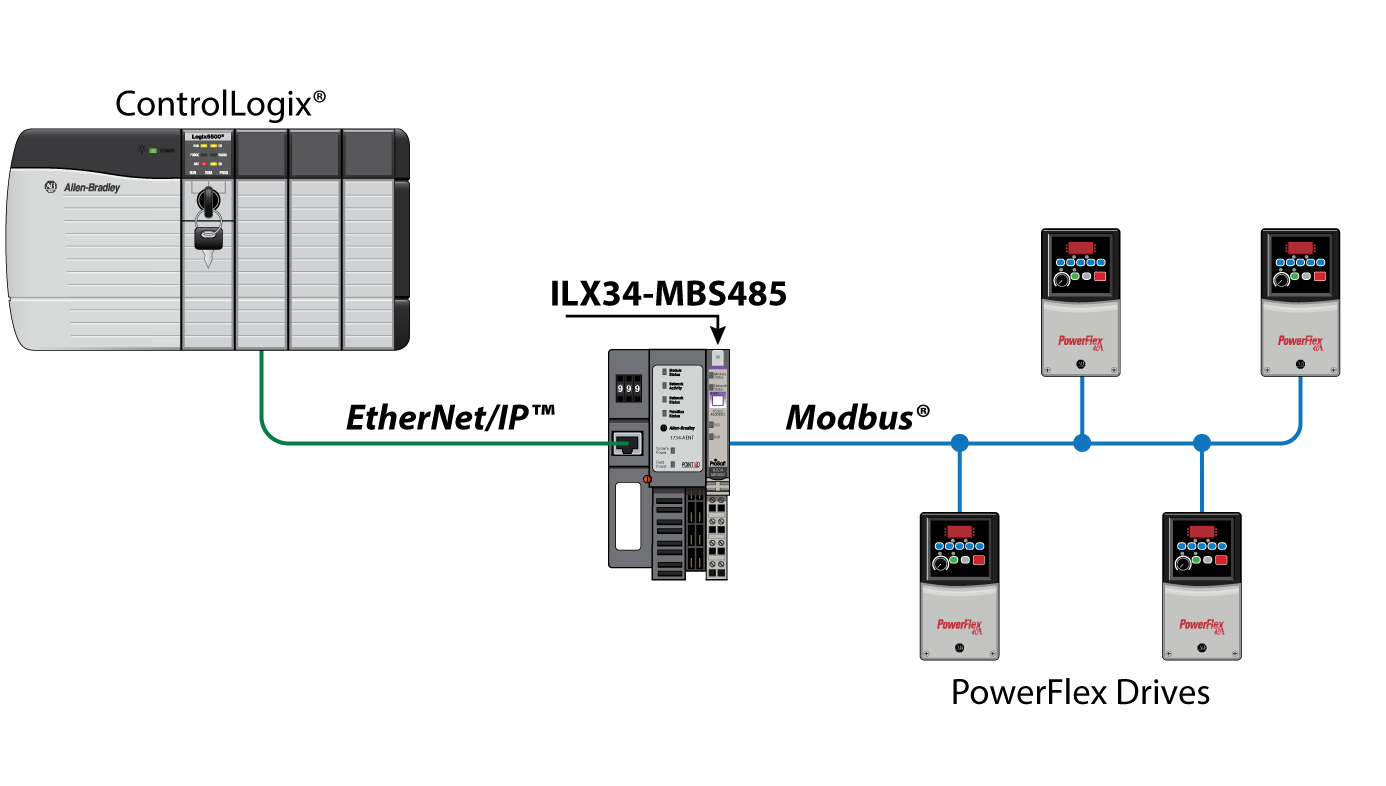
Endianness: the order in which the bits are sent.The number of bits per character - currently almost always 8-bit characters, but historically some transmitters have used a five-bit character code, six-bit character code, or a 7-bit ASCII.Shortly afterward a practical teleprinter was patented ( US 1232045, granted July 3, 1917).īefore signalling will work, the sender and receiver must agree on the signalling parameters: This was finally achieved by Howard Krum, who patented the start-stop method of synchronization ( US 1199011, granted September 19, 1916, then US 1286351, granted December 3, 1918). Automatic synchronization was required to keep the transmitting and receiving units "in step".
Serial communication protocol manual#
Very early experimental printing telegraph devices used only a start bit and required manual adjustment of the receiver mechanism speed to reliably decode characters. Early teleprinter systems used five data bits, typically with some variant of the Baudot code.

The stop bits gave the system time to recover before the next start bit. Having been re-synchronized, the technology of the day was good enough to preserve bit-sync for the remainder of the character. The format is derived directly from the design of the teletypewriter, which was designed this way because the electromechanical technology of its day was not precise enough for synchronous operation: thus the systems needed to be re-synchronized at the start of each character. Hardware which does not support fractional stop bits can communicate with a device that uses 1.5 bit times if it is configured to send 2 stop bits when transmitting and requiring 1 stop bit when receiving. Very early electromechanical teletypewriters (pre-1930) could require 2 stop bits to allow mechanical impression without buffering. Mechanical teleprinters using 5-bit codes (see Baudot code) typically used a stop period of 1.5 bit times. The start signal prepares the receiver for arrival of data and the stop signal resets its state to enable triggering of a new sequence.Ī common kind of start-stop transmission is ASCII over RS-232, for example for use in teletypewriter operation. Instead of a common synchronization signal, the data stream contains synchronization information in form of start and stop signals, before and after each unit of transmission, respectively.
Serial communication protocol serial#
It is this difference which keeps the transmitter and receiver synchronized.Īsynchronous serial communication is a form of serial communication in which the communicating endpoints' interfaces are not continuously synchronized by a common clock signal. At the end of each character, the receiver stops briefly to wait for the next start bit. The receiver requires a shorter stop period than the transmitter. It cannot be shorter than a specified amount, usually 1 to 2 bit times. The "stop bit" is actually a "stop period" the stop period of the transmitter may be arbitrarily long. The number of data and formatting bits, the order of data bits, the presence or absence of a parity bit, the form of parity (even or odd) and the transmission speed must be pre-agreed by the communicating parties. The last data bit is sometimes used as a parity bit. So, there is ease of deployment.In this diagram, two bytes are sent, each consisting of a start bit, followed by eight data bits (bits 0-7), and one stop bit, for a 10-bit character frame. It supports the most widely used protocol, Internet Protocol (IP). It reuses the existing dial-up connections and telephone lines. So, it is suitable for usage in microcontrollers. If this flag is present in the data, then an escape sequence precedes it, so that the receiver does not consider it as the end of the frame. The flag is generally a special character equivalent to decimal 192. SLIP frame has a very simple format, comprising of payload and a flag that acts as an end delimiter. SLIP was developed by Rick Adams in 1984. The ISP then sends the results back to the client via the SLIP lines. The ISP responds to the request and passes it over to the Internet via high speed multiplexed lines. When a service is required, the client places a request to the ISP. They provide communications between machines that were previously configured for direct communication with each other.įor example, a client may be connected to the Internet service provider (ISP) with a slower SLIP line.

Serial Line Internet Protocol (SLIP) is a simple protocol that works with TCP/IP for communication over serial ports and routers.


 0 kommentar(er)
0 kommentar(er)
